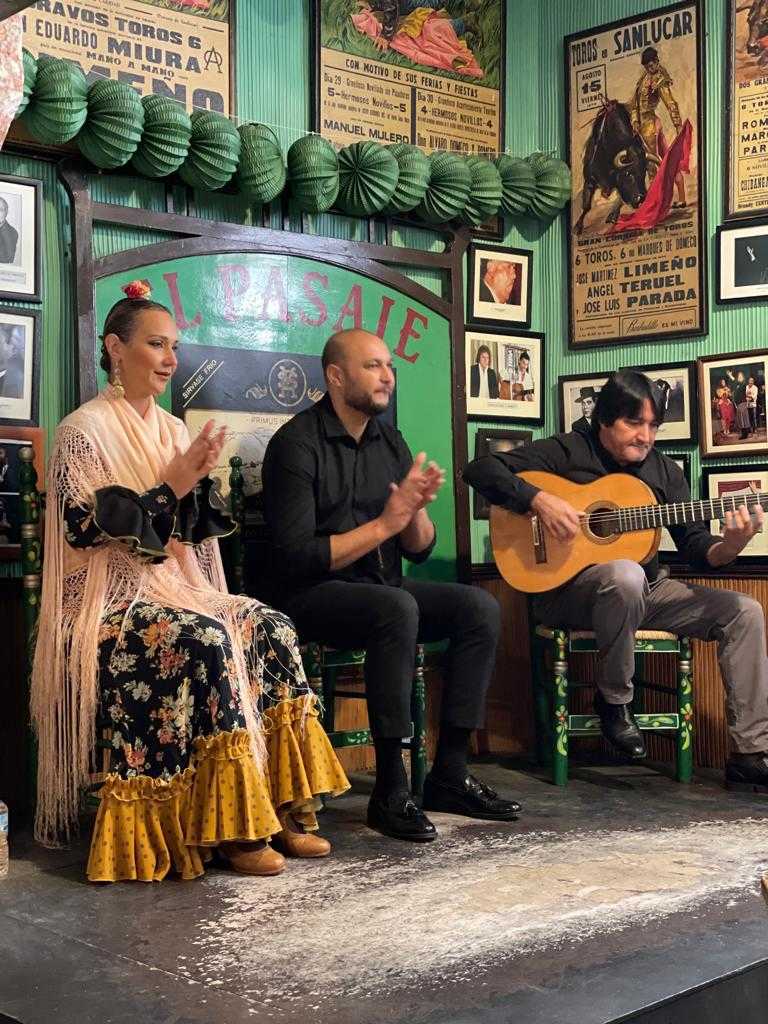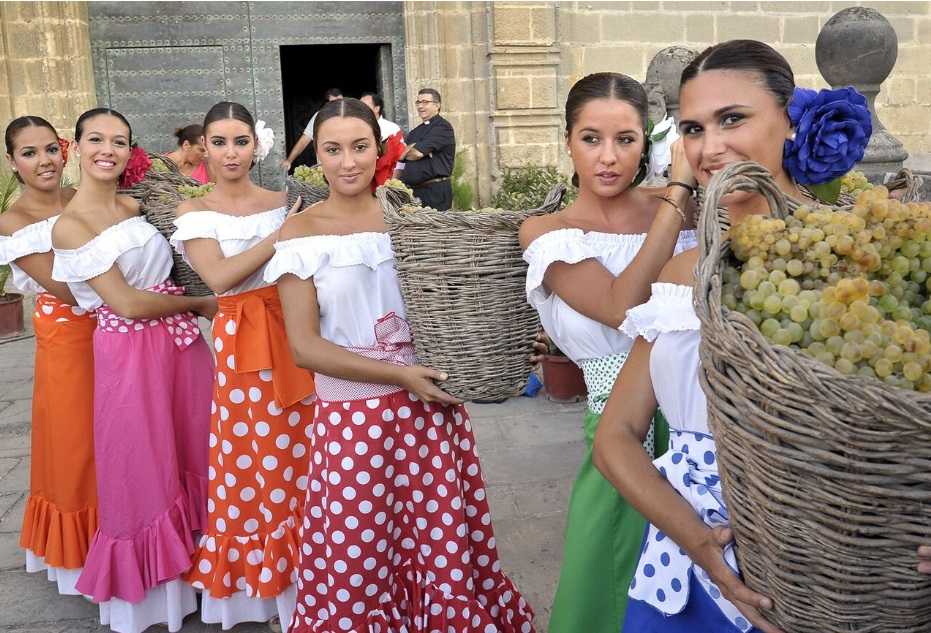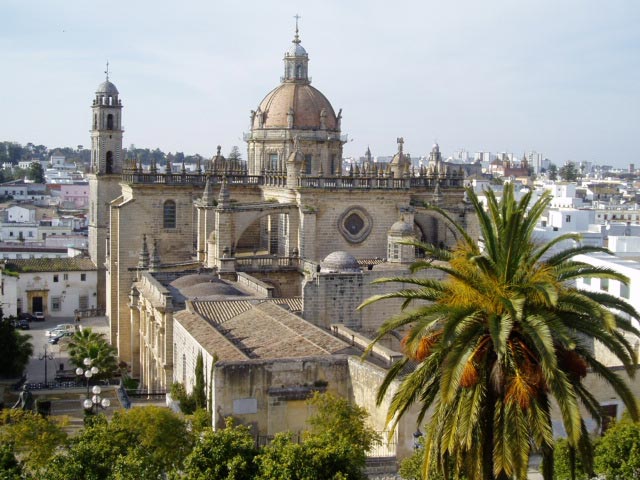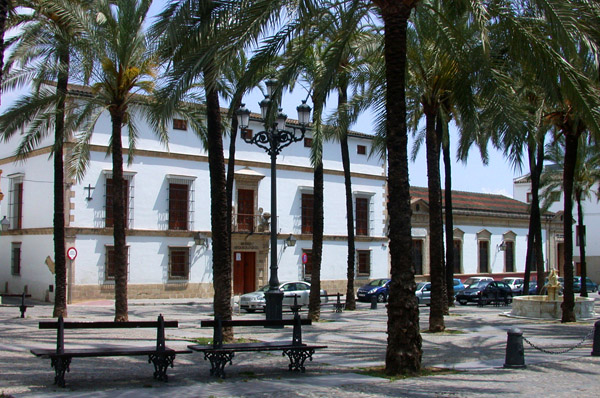Jerez de la Frontera

Jerez de la Frontera's municipal area is the largest in the province and lies on a central strip running from the mountains down through the countryside, practically reaching the coast. Part of the mountains belong to Los Alcornocales Natural Park.
The countryside, across which the River Guadalete flows, is rich in agriculture, from the fertile plains to the dry lands, and also features places of interest such as the Lagunas de las Canteras y el Tejón.
The town, one of Andalusia's most typical and considered to be the home of flamenco, boasts an endless list of tourist attractions, ranging from monuments such as the Alcázar, Iglesia de Santiago and San Miguel churches, the Catedral and the Cartuja Monastery, to singular institutions like the Real Escuela de Arte Ecuestre, where the marvellous Carthusian horses, a unique Spanish-Arabic breed, can be admired, or the cellars where the famous Jerez wines are produced.
Not forgetting the Circuito de Velocidad, where international motorcycling and motor racing competitions are staged.
History
Inhabited since Palaeolithic times, the present-day town is located in a part of Andalusia where Tartessian culture reached the peak of its develoment. The Phoenicians called it Xera and the Romans, who also settled in the area, knew it as Ceret, a name modified to Xeritum by the Visigoths.
However, real urban development did not begin until Moslem times, particularly during the Almoravide and Almohade periods. Mosques and palaces were built and the town centre was extended.
In the 12th century, the Christians staged several failed attempts at capturing the city before Alfonso X succeeded in doing so in 1264. For a long time after, Jerez was a border town. One century later, the border changed, moving to the kingdom of Granada, which gave a huge boost to Jerez's economic development. The 15th century marked the start of a period in which the town became one of the most prosperous in Andalusia. Cattle farming and exports to the rest of Europe and, later, to America of agricultural produce, particularly wine, were vital factors in Jerez's development.
After a 17th-century recession, the 18th century saw the start of a new period of economic growth which has continued up to the present day. The wine industry became the economy's driving force.
The 19th century was a period of economic prosperity, thanks in the main to the alliance of English exporters with Jerez wine merchants; one consequence of this was that land was organised into large estates belonging to wealthy landowners, a state of affairs which led to the appearance of a commited anarchist movement which, along with strange events such as the Black Hand (Mano Negra) affair, inspired constant revolts by labourers both in the town itself and in the surrounding countryside which would continue until the 20th century.
Eminent citizens
Alvar Nuñez Cabeza de Vaca, (1507-1559). The first Spaniard to explore North America. Participated in Panfilo de Narvaez's expedition to Florida, and was one of the few to survive the trip. He travelled through the south of the present-day United States, crossed the River Grande, which today forms the border with Mexico, and entered Chihuahua. He climbed the Sierra Madre, entered Sonora and finally reached Mexico City, after a long, hard journey lasting six years. He went on a further expedition, this time to Paraguay, reaching Asuncion in 1542.
Jerez is considered to be the home of flamenco, and the town has therefore produced a long list of exponents of this art form: Antonio Chacon, Manuel Torre, los Sordera, los Morao, la Tia Piriñaca, Agujetas, Tio Borrico, La Paquera and many more.

- Max 16
- Min 14
- Max 60
- Min 57
- °C
- °F
Events






















































